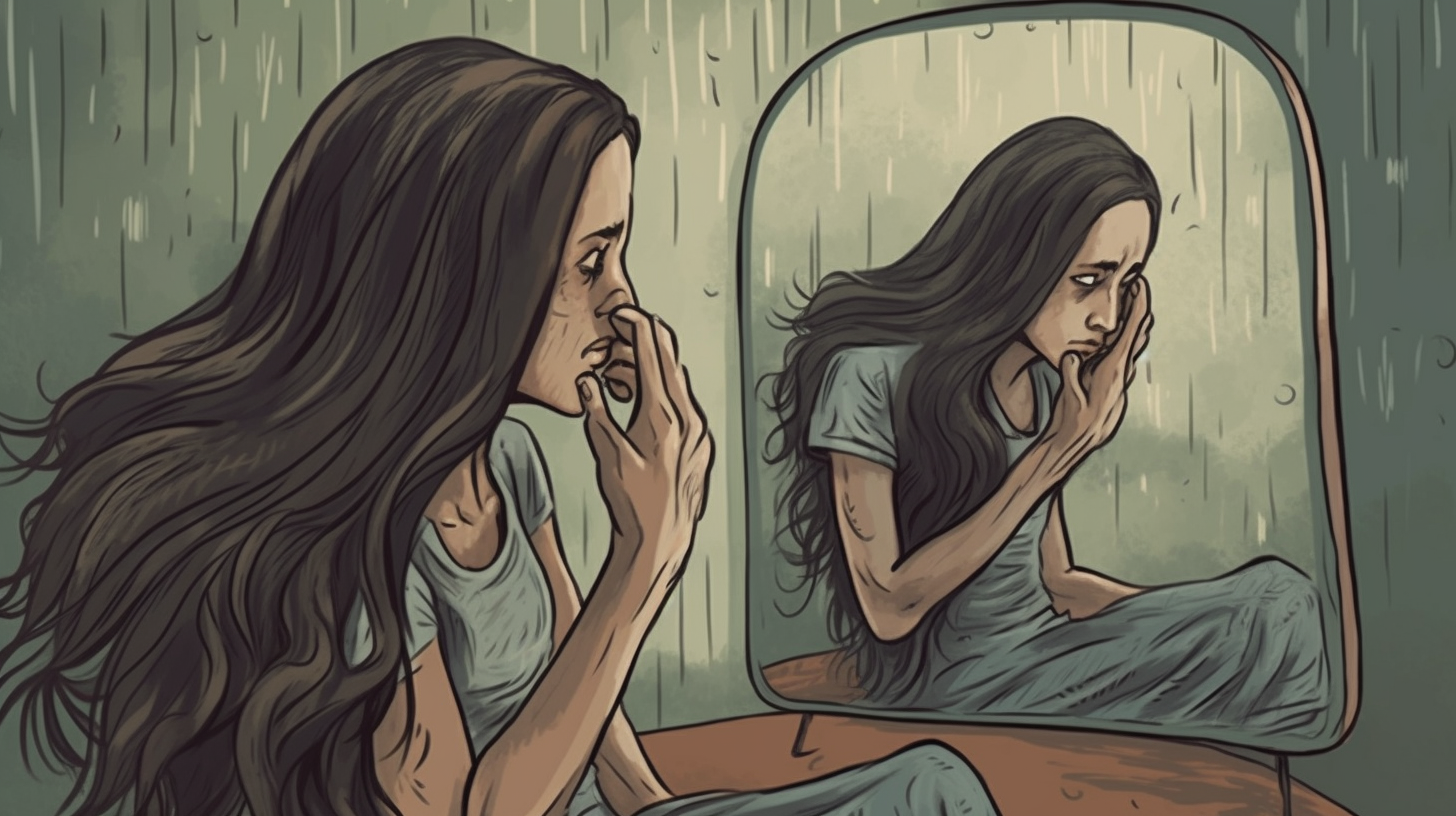Signs of Hair Damage: Crucial Indicators for Assessing Hair Health
Welcome to our blog post on “Signs of Hair Damage: Crucial Indicators for Assessing Hair Health.” Your hair is an essential part of your identity, and maintaining its health is crucial for both appearance and self-confidence. However, various factors can lead to hair damage, such as excessive heat styling, chemical treatments, environmental pollutants, and poor hair care practices.
In this article, we will explore the signs and symptoms that indicate hair damage. By recognizing these indicators early on, you can take proactive measures to improve your hair health and prevent further damage. Let’s dive in!
1. Split Ends
Split ends are one of the most common signs of damaged hair. When the protective outer layer of your hair shaft, known as the cuticle, becomes damaged or worn out, it leads to split ends. You may notice that the tips of your hair appear frayed and split into two or more sections.
Tip: Regular trims every 6-8 weeks can help prevent split ends from traveling up the hair shaft and causing further damage.
2. Dry and Brittle Hair
Damaged hair often lacks moisture and appears dry and brittle. If your hair feels rough to the touch and easily breaks or snaps off, it may be a sign of damage. This could be due to excessive heat styling, overuse of chemical treatments, or exposure to harsh weather conditions.
Tip: Use hydrating shampoos and conditioners specifically designed for damaged hair. Deep conditioning treatments once a week can also help restore moisture levels.
3. Dullness
If your hair has lost its natural shine and appears dull and lifeless, it could be an indication of damage. The cuticle layer plays a crucial role in reflecting light and giving your hair its luster. When the cuticle is damaged, light is unable to bounce off the hair surface, resulting in a lackluster appearance.
Tip: Use shine-enhancing hair serums or oils to restore the natural shine of your hair. Avoid excessive use of heat styling tools that can further damage the cuticle layer.
4. Excessive Hair Fall
While it’s normal to lose some hair strands every day, excessive hair fall can be a sign of underlying damage. Hair damage weakens the hair shaft, making it more prone to breakage and fall out. If you notice an increase in the amount of hair you lose during brushing or showering, it’s essential to address the issue promptly.
Tip: Be gentle while detangling your hair and avoid tight hairstyles that pull on the roots. Consult a healthcare professional if you experience severe or sudden hair loss.
5. Lack of Elasticity
Elasticity refers to your hair’s ability to stretch and return to its original shape without breaking. Healthy hair has good elasticity, whereas damaged hair tends to be less flexible and more prone to snapping when stretched. You can test your hair’s elasticity by gently stretching a strand and observing if it returns to its original length without breaking.
Tip: Incorporate protein treatments into your hair care routine as they help improve elasticity and strengthen the hair shaft.
6. Scalp Issues
Hair damage often goes hand in hand with scalp issues such as dandruff, itchiness, or inflammation. An unhealthy scalp can disrupt the natural growth cycle of your hair and lead to weakened follicles.
Tip: Maintain a clean and balanced scalp by using gentle, sulfate-free shampoos and avoiding excessive use of styling products. If scalp issues persist, consult a dermatologist for proper diagnosis and treatment.
7. Color Fading
If you notice that your hair color fades quickly or becomes dull after dyeing, it could be a sign of hair damage. Damaged hair is more porous and prone to color fading as the cuticle layer is compromised, allowing the color molecules to escape more easily.
Tip: Use color-protecting shampoos and conditioners to extend the vibrancy of your hair color. Minimize heat styling and exposure to UV rays, as they can further fade the color.
8. Lack of Styling Hold
Damaged hair often struggles to hold styles such as curls or updos. The weakened structure of the hair shaft makes it difficult for the strands to maintain their shape, resulting in hairstyles that quickly lose their definition.
Tip: Use styling products specifically designed for damaged hair, such as mousses or hairsprays with added moisture and hold-enhancing properties.
In Conclusion
Recognizing the signs of hair damage is crucial for maintaining healthy locks. By identifying these indicators early on, you can take appropriate measures to improve your hair health and prevent further damage. Remember to follow a consistent hair care routine, avoid excessive heat styling and chemical treatments, protect your hair from environmental stressors, and nourish it with suitable products.
If you have concerns about your hair’s condition or experience severe hair damage despite your efforts, it’s always a good idea to consult a professional hairstylist or trichologist who can provide personalized advice and guidance.
Remember, healthy hair not only looks beautiful but also boosts your confidence and overall well-being. Take care of your hair, and it will reward you with its natural radiance and vitality!



